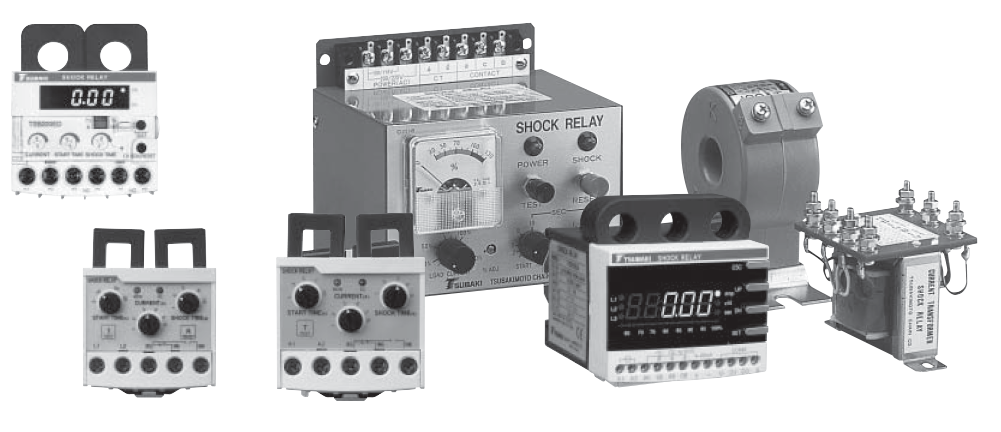Overload Protection and Control Devices
Safety devices for protecting machinery from potentially damaging mechanical and electrical overload. Both mechanical and electrical types are available.
From safety mechanisms like Torque Limiter, Shock Guard and Shock Relay, to controlling devices like Torque Keeper and Shock Monitor, SAFCON provides your vital machinery with top-notch safety and control.
Please also refer to here for our product lineup for Mechanical Protectors.
TSUBAKI Power Transmission Products Information Site
Please also refer to here for our product lineup for Electrical controllers.
TSUBAKI Power Transmission Products Information Site
Features
Mechanical type safety devices
General use, economical {Shock Guard TGB Series}
- Easy to operate and reasonably priced. Can be used with almost all machines.
General-purpose, wide torque setting range {Shock Guard TGE Series}
- Compact design. Applicable to small-diameter sprockets and wide pulleys.
High precision, high rigidity {Shock Guard TGX Series}
- No backlash and unsurpassed operation rigidity.
- Ideal for machines that require precision positioning.
Ideal for indexers {Shock Guard TGF Series}
- Excellent reset position accuracy.
Sealed construction {Shock Guard TGM Series}
- The sealed type possesses unsurpassed precision.
- Excels in wet, oily and dusty environments.
ON-OFF, release {Shock Guard TGZ Series}
- As a release type protection device, as well as an ON-OFF clutch, its simple layout makes it easy to use.
Air clutch structure {Shock Guard TGK Series}
- Enables remote torque adjustment during operation.
Friction type {Torque Limiter}
- Traditional friction type. Super low price and easy to use.
Linear actuating type {Axial Guard}
- This is a new type of overload protection device with ball and groove construction.
Electrical type safety devices - Shock Relay
- Instantly detects overcurrent
- Easy to install on existing equipment
- The abnormal signal is only output under abnormal conditions

